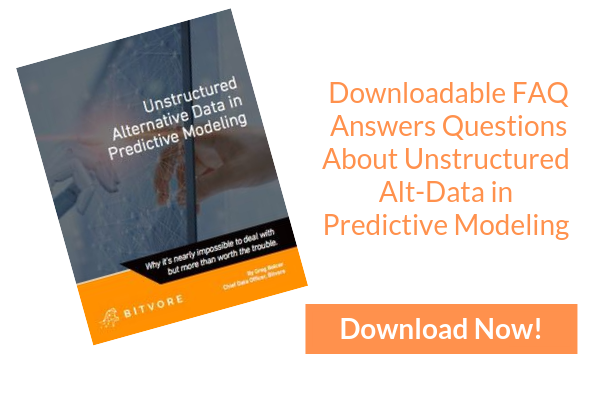
Today, more and more businesses are incorporating AI technology as a means of improving workplace efficiencies. The applications of this technology are seemingly endless as companies from all sectors are implementing new advancements in AI and machine learning.
Banks and financial institutions are no exception as they have turned to AI to improve risk management strategies. More than 75% of banks with over $100 billion in assets are currently utilizing AI in one form or another. In an age where cyber attacks and security breaches have become commonplace, a premium has been placed on protecting monetary assets and maintaining consumer trust.
We’ll take a glimpse into how banks are utilizing advanced AI and machine learning tactics for safeguarding their assets. Each of the mechanisms helps companies fight cybercrime and identify potential security risks that may compromise organizational integrity.
Using AI to Reduce Fraud and Data Compromise
For centuries banks have been regarded as safe spaces for protecting and managing financial assets. However, the last several years have seen widespread data breaches result in substantial monetary losses. CapitalOne, JPMorgan, and more have all fallen victim to large-scale cyber attacks and data compromise.
Fraud detection and prevention continues to be a focal point within the banking industry. As the number of incidents has increased in recent years, more banks have placed attention on minimizing risk factors. Creating viable fraud detection systems that are both accurate and reliable can be challenging.
Let’s take a look at how AI has been used within the banking industry to develop solutions for safeguarding assets and protecting consumer trust.
Machine Learning within the Banking Industry
While AI was first used by banks to help improve customer service and user experience, the focus has now shifted to fraud identification. Although banks may not provide specific information about their implementations—we can take a look at some common machine learning techniques used for fraud prevention.
Classification Algorithms
Classification algorithms indicate data that belongs in given categories. In the field of fraud prevention, algorithms can label transactions as either legitimate or suspicious. K-Nearest Neighbor or KNN, for short, looks at specific datasets and compares to closely related transactions. If an item appears to be similar to one previously identified as suspicious, it immediately becomes flagged.
Although KNN can be useful in moderate sample sizes, it becomes slower and less efficient as the dataset increases. In banking, classification techniques may not be the most effective for simultaneously handling thousands of transactions.
Clustering Algorithms
Clustering techniques involve segregating homogenous data points. In the fraud prevention world, items that fall outside of these predefined categories are labeled as suspicious. Data points are then grouped based on similar attributes—helping to identify patterns not easily recognizable by the human eye. Clustering algorithms helps to minimize the need for manual human input through increased automation.
Decision Trees
Using a sequence of IF-ELSE statements, decision trees to help classify items, and predict outcomes. These types of models use algorithmic strategies for splitting data based on predefined conditions.
Decision trees can handle full-scale datasets with several variables, making them especially practical within the financial industry. Their predictive power and minimal learning curve make them particularly useful for fraud prevention within the financial sector.
How Banks Can Improve Fraud Detection
Detecting fraud and maintaining high-level cybersecurity standards is of critical importance in the banking industry. Failure to prioritize security measures can lead to devastating financial damage and a complete loss of consumer trust.
Major banks are taking no chances when it comes to protecting their assets. Institutions are increasingly adopting AI strategies for improving fraud detection and identifying indicators of risk.
Using Bitvore to Reduce Risk in the Banking Industry
Whether you're an asset/investment manager, hedge fund, PE/VC firm or Investment Banker, you need to know when companies you do business with are at risk. Bitvore Precision Cellenus® insights help you more effectively manage risk with less time-consuming and costly manual effort.
To learn more about how we turn unstructured alternative datasets into easily digestible AI-ready data, download the FAQ.

